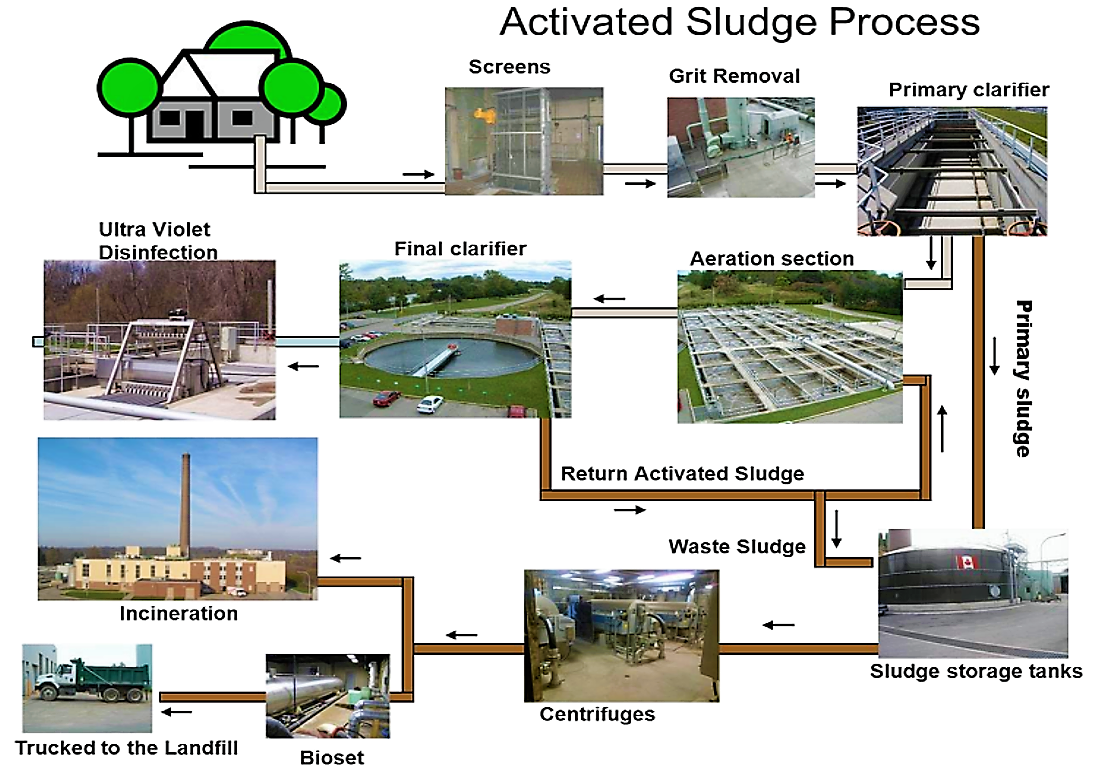

It was found that ultrasonication pretreatment was the most efficient way to increase the sludge biodegradability (SCOD) and to release TN and TP from solid phase to liquid phase. For other pretreatments, the lipid content and sludge reduction were 18.42% and 32.63% in acid pretreatment case, 21.08% and 36.44% in alkaline pretreatment case, and 26.31% and 43.03% in microwave pretreatment case, respectively. The sludge after different pretreatments were used as a medium for lipid production, and the highest lipid content (36.67% g/g) was obtained in the fermentation with ultrasonication pretreatment sludge, and the sludge reduction was 63.10%. Pretreatments have also increased the release of total nitrogen (TN) and total phosphorus (TP) from solids. The SCOD in the supernatant was increased from 32.64 to 180.25 mg/L, 924.16 mg/L, 1029.89 mg/L and 3708.31 mg/L after acidic (pH 2 for 2 h), alkaline (pH 12 for 2 h), microwave irradiation (15 min with 5 min interval), and ultrasonication (30 min at 450 W and 20 kHz frequency with 5 s on and 2 s off mode) pretreatment, respectively. In this study, it was observed that the soluble chemical oxygen demand (SCOD) had significantly increased after different pretreatment. This study is aimed to achieve high lipid production from sludge and high sludge reduction.

Pretreatments are efficient methods to improve sludge bioavailability. The current problem of lipid production from wastewater sludge is the low yield (0.10–0.16 g lipid/g dry sludge) due to the low availability of easily uptaken materials (such as soluble monosaccharide and oligosaccharide) in sludge to oleaginous microorganism ( Rhodotorula glutinis, Trichosporon oleaginosus, Lipomyces starkeyi). Converting wastewater sludge to lipid is considered as one of the best strategies of sludge management.


 0 kommentar(er)
0 kommentar(er)
